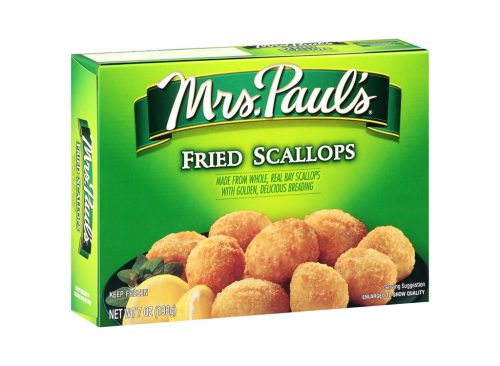How They Charge for the Meat
Meat nowadays are getting just more expensive from time to time, it doesn’t matter what type of meat, as long as it is meat.
It does not matter if you are selling halves, quarters or just a single cuts of the meat.
You always need to priorities and understand fully about your cost of production than anything else.
Have you ever considered the cost of raising an animal from day one until the day of slaughter? In a business endeavour perspective, keeping good records is the priority in order to know whether you are going to be profitable or not and capable to do so. Eating too much processed meat may be bad for your liver as well. Make sure to look for signage that says they are good processed frozen meat.
Once you have figured your cost of production, there are some extra tools you can use to help you in determining the price you set for your product.
The percentage used to determine the “carcass weight” varies will be very dependant on which type of animal you are enquiring, some are beef, some are hog and some are the lamb.
So, let’s say they have a grass-fed, Abby steer that dresses out to a hanging carcass weight that is 60 percent of its live weight and your cost to get that animal to slaughter weight is 1.85SGD per pound of live weight, for example.
First, you can start to determine the cost of your animal with per pound cost of the live animal, which is the raise of your animal from the beginning of time. Next, you can divide the total amount by more than 50% in order to get your hanging cost.
The animal is now considered as a “carcass” after it is slaughtered and this results in your new cost per pound on the carcass weight.
For example, the cost of the live animals will be 1.85SGD per pound, and another example is to use 4.08SGD divided by 65% which leads to a total of 6.28SGD.
Have you ever thought about what kind of animal you are processing will also make a difference in the percentage of product you ultimately receive? How much fat was involved in the animal? What kind of cuts you are using for your animal? Are you getting bone-in or boneless cuts for your product?
If you want boneless cuts as your product, you will need to reduce the total pounds of product returned to you from your butcher.
One more thing, when you are trying to convert an animal into a carcass, the average percentage of yield for pork is around 65%, beef will be around 70% and the lamb will be around 45%.
If you are currently curing hams and bacon from your pig, applying a heat process to your meat cuts may also reduce your final yield, so be mindful about that as well.
By using all of these tools to measure the wholesale Meat Singapore price you should sell to your customers every day, you definitely will be able to estimate everything you need.
I wish you all the best in your business, be willing to wait and take things slow and your sales will be starting to grow smoothly to the stable stage.
